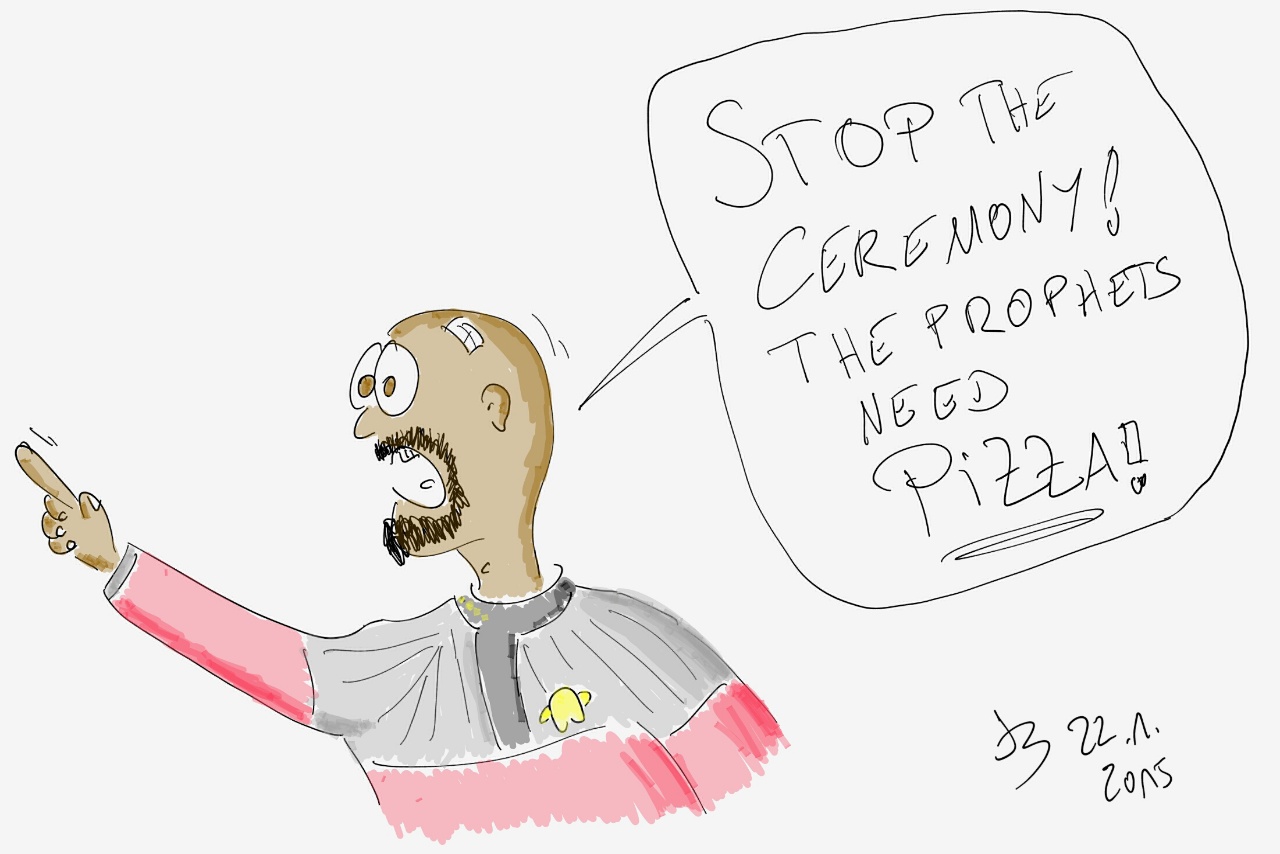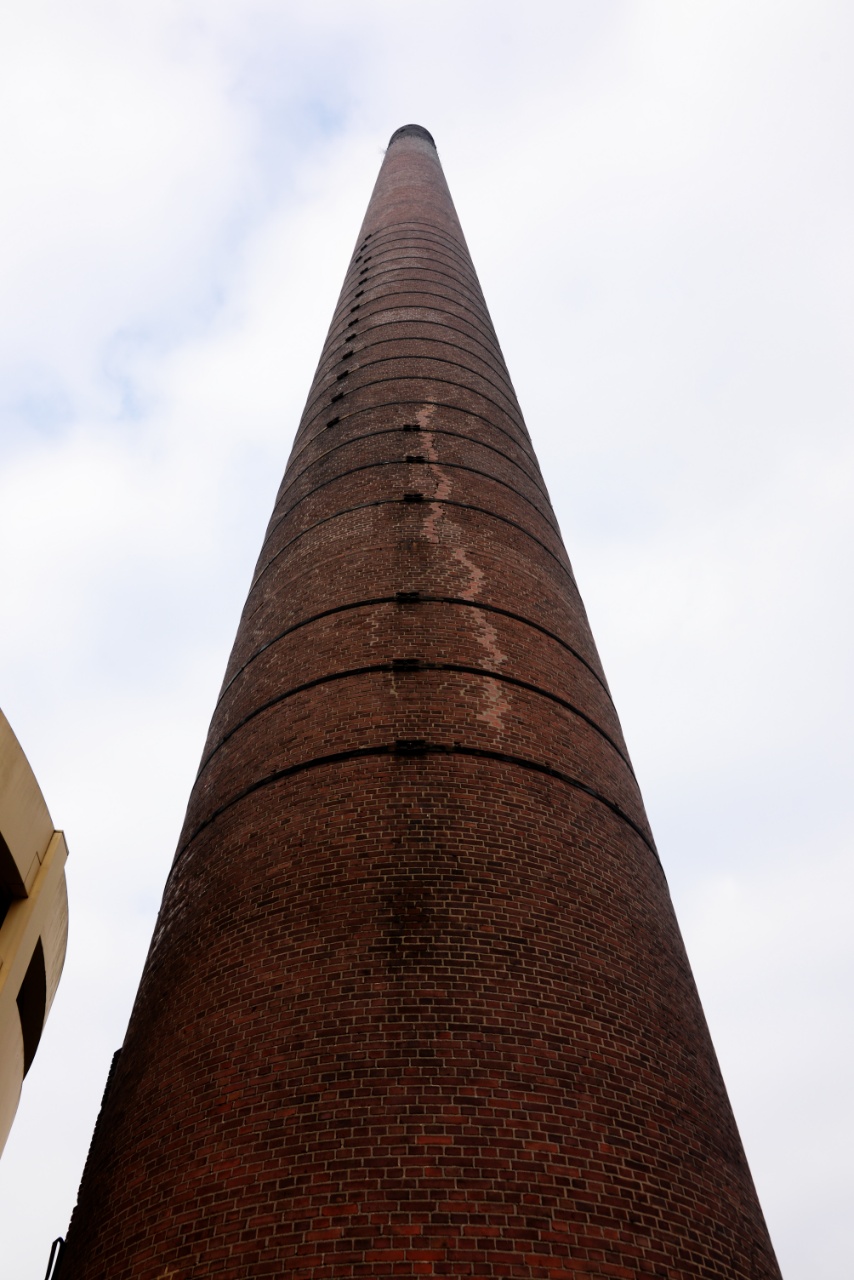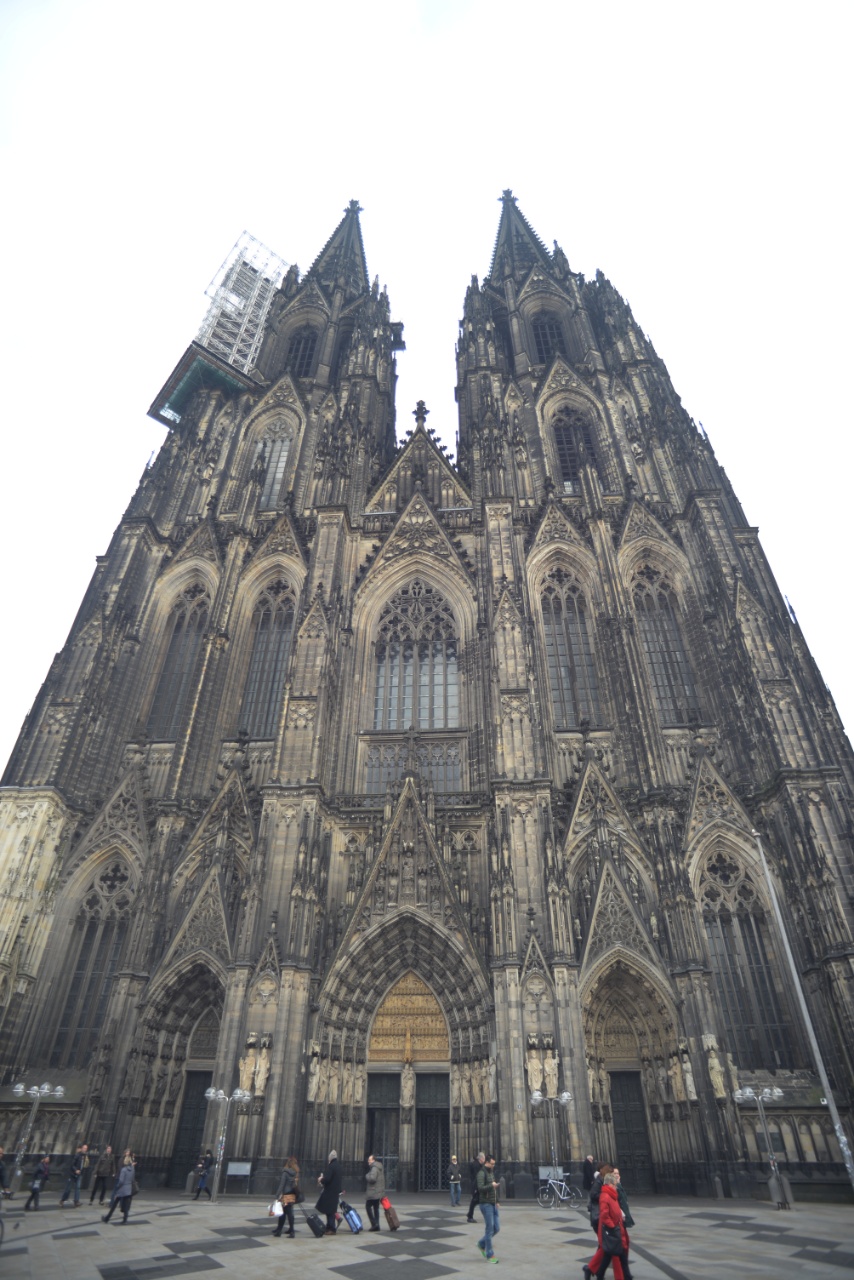Ein bisschen Köln
Spielendes Kätzchen
Hunting Lovejoy, Part III
It was a clear night after all and so I took some more picturs of the sky. Here is what I got:
Here we have Lovejoy again. This time I combined four separate images into one and reduced the background noise a bit. Still no tail, though. In the middle we have Jupiter, again, this time with only three moons visible. Two of them are very close to Jupiter itself. The last image is of Sirius. Not that spectacular, but a nice image I think.
Next we have two very long exposed images just to get a feeling for how many stars there are not visible to the naked eye. This time I took equipment to the countryside - if you can call a two kilometre car ride that - but as you can see there is still some mist in the atmosphere that gets illuminated by the surrounding cities. On the first image, by the way, there are the Plejades in the centre and the bright star to the left is Aldebaran. The second image is of Ursa Major.
These five images are of Orion. It is really prominent in the winter sky so it makes for a good motive. In the first image there is Betelgeuse at the bottom left as well as the "head" - Lambda Orionis - and the "right shoulder" - Gamma Orionis. These stars are the top half of the mythical hunter, while the lower half is visible in the second image: Orions Belt and the two "feet" - Kappa Orions to the left and Rigel to the right. The third picture features the three belt stars, while the fourth and fifth show the stars around the Orion Nebula.
There were many more stars visible that I wanted to photograph, but sadly at this point my tripod broke, I guess the cold was too much for the tilt locking mechanism. There is a little metal ring that acts as a bracket around the tilt axis which splintered into five parts. I guess that's it for this tripod, I probably won't be able to find a replacement part for something like that any time soon.
Here we have Lovejoy again. This time I combined four separate images into one and reduced the background noise a bit. Still no tail, though. In the middle we have Jupiter, again, this time with only three moons visible. Two of them are very close to Jupiter itself. The last image is of Sirius. Not that spectacular, but a nice image I think.
Next we have two very long exposed images just to get a feeling for how many stars there are not visible to the naked eye. This time I took equipment to the countryside - if you can call a two kilometre car ride that - but as you can see there is still some mist in the atmosphere that gets illuminated by the surrounding cities. On the first image, by the way, there are the Plejades in the centre and the bright star to the left is Aldebaran. The second image is of Ursa Major.
These five images are of Orion. It is really prominent in the winter sky so it makes for a good motive. In the first image there is Betelgeuse at the bottom left as well as the "head" - Lambda Orionis - and the "right shoulder" - Gamma Orionis. These stars are the top half of the mythical hunter, while the lower half is visible in the second image: Orions Belt and the two "feet" - Kappa Orions to the left and Rigel to the right. The third picture features the three belt stars, while the fourth and fifth show the stars around the Orion Nebula.
There were many more stars visible that I wanted to photograph, but sadly at this point my tripod broke, I guess the cold was too much for the tilt locking mechanism. There is a little metal ring that acts as a bracket around the tilt axis which splintered into five parts. I guess that's it for this tripod, I probably won't be able to find a replacement part for something like that any time soon.
Hunting Lovejoy, Part II
Yesterday was a clear day and it turned out to be a clear night as well. So I once again took my camera and put it on a tripod in our garden and pointed it at the sky. And this time I was able to find Comet Lovejoy! Here it is:
As you can see, there is a dim blueish spot about 10° to the right of the Plejades. That's it. Sadly no tail. The right image is the sharpest I took but at the cost of heavy noise because of the high ISO value.
These two images are detail crops of pictures taken at reasonable ISO values, but noise crops up after increasing gamma. I've tried to gently de-noise these images, but it is hard to do so without removing too much. The left is at 300mm, the right is taken with my 500mm mirror lens and a bit less sharp but one can see the coma a lot better.
My fingers were already freezing off when I was finished with Lovejoy. But then I saw that Jupiter had made it's way over the horizon and was climbing up into the sky. So I pointed my camera to the east and was not disappointed as I was able to see all of the four Galilean moons. Only I don't know which is which!
As you can see, Jupiter is very bright in comparison to a comet. That's mainly because is a lot bigger and not as diffuse as a comet. (By the way: The strange colours around Jupiter - reddish to the left and blueish to the right - are due to the crappy lens I use. It's called "chromatic aberration" and originates in the fact that different wavelengths get refracted differently inside the lenses. More expensive lenses show less of these errors but you can't get rid of them completely.)
At this point I was ready to become a block of ice. Nonetheless I took some pictures of Orion, especially the Orion Nebula.
On the first image you can see just how much diffuse light is around in this small village I live in. Next time I go hunting for celestial objects I have to take my car and drive out into the wilderness. Sadly, Germany (and especially North Rhine-Westphalia) is rather densely populated, so there isn't much wilderness around.
So, I found it. I already had pictures of it from the last time I went comet hunting, but than I didn't know for sure if that blue-green blob was what I was looking for. As weather conditions are getting bad again, I don't think I will be out tonight. The forecast for the next week is not very encouraging. I guess I'll have to wait until February. Maybe when the comet gets nearer to the sun it will finally develop a tail.
As you can see, there is a dim blueish spot about 10° to the right of the Plejades. That's it. Sadly no tail. The right image is the sharpest I took but at the cost of heavy noise because of the high ISO value.
These two images are detail crops of pictures taken at reasonable ISO values, but noise crops up after increasing gamma. I've tried to gently de-noise these images, but it is hard to do so without removing too much. The left is at 300mm, the right is taken with my 500mm mirror lens and a bit less sharp but one can see the coma a lot better.
My fingers were already freezing off when I was finished with Lovejoy. But then I saw that Jupiter had made it's way over the horizon and was climbing up into the sky. So I pointed my camera to the east and was not disappointed as I was able to see all of the four Galilean moons. Only I don't know which is which!
As you can see, Jupiter is very bright in comparison to a comet. That's mainly because is a lot bigger and not as diffuse as a comet. (By the way: The strange colours around Jupiter - reddish to the left and blueish to the right - are due to the crappy lens I use. It's called "chromatic aberration" and originates in the fact that different wavelengths get refracted differently inside the lenses. More expensive lenses show less of these errors but you can't get rid of them completely.)
At this point I was ready to become a block of ice. Nonetheless I took some pictures of Orion, especially the Orion Nebula.
On the first image you can see just how much diffuse light is around in this small village I live in. Next time I go hunting for celestial objects I have to take my car and drive out into the wilderness. Sadly, Germany (and especially North Rhine-Westphalia) is rather densely populated, so there isn't much wilderness around.
So, I found it. I already had pictures of it from the last time I went comet hunting, but than I didn't know for sure if that blue-green blob was what I was looking for. As weather conditions are getting bad again, I don't think I will be out tonight. The forecast for the next week is not very encouraging. I guess I'll have to wait until February. Maybe when the comet gets nearer to the sun it will finally develop a tail.







